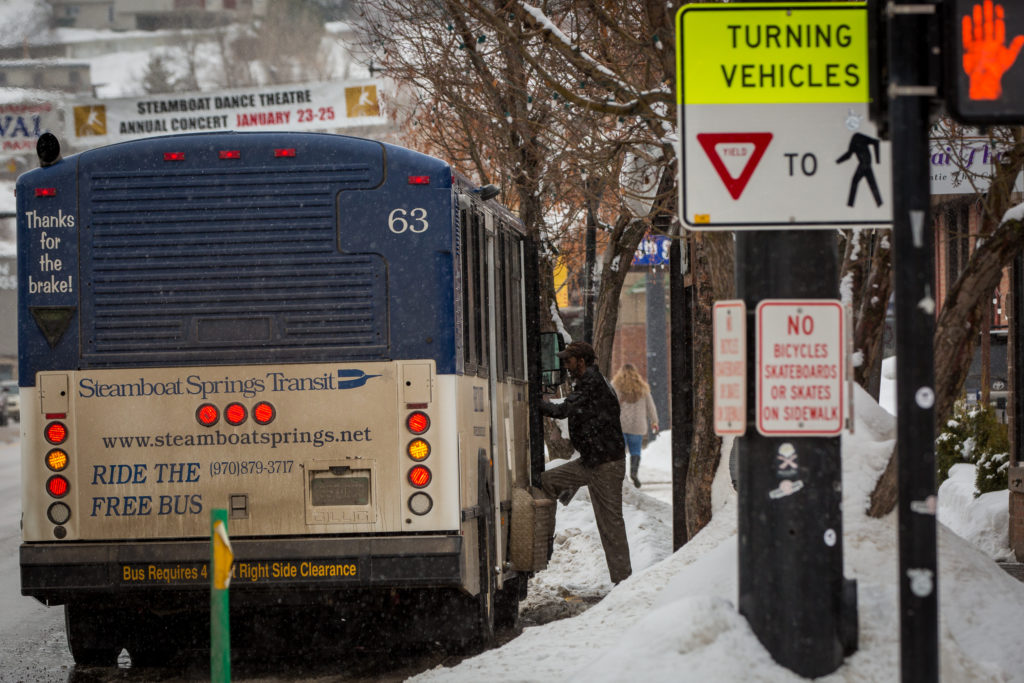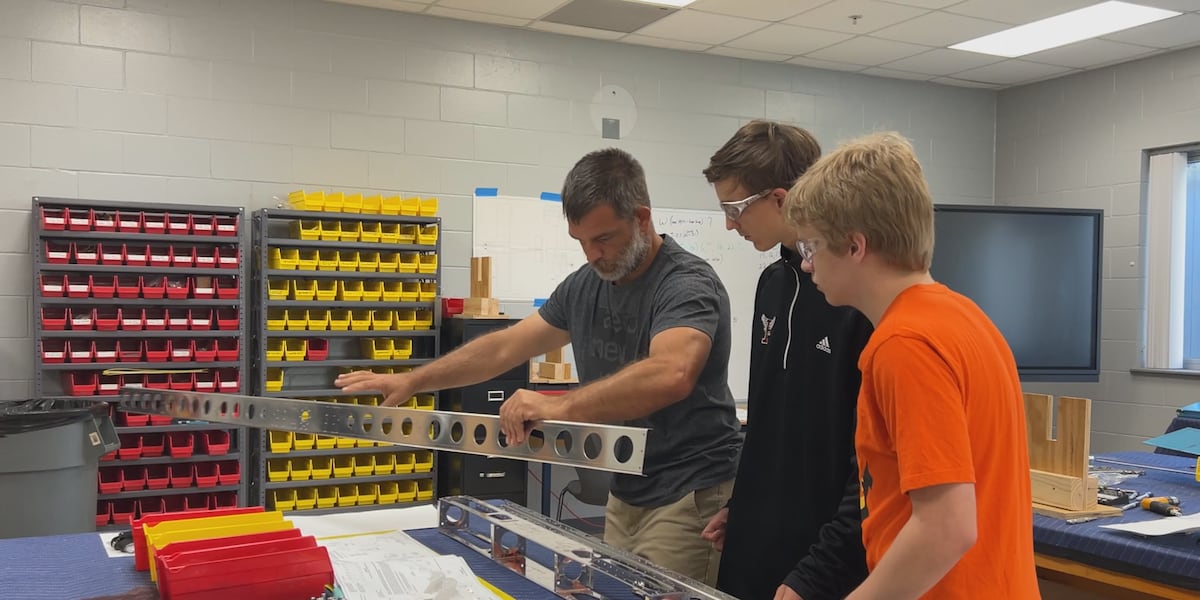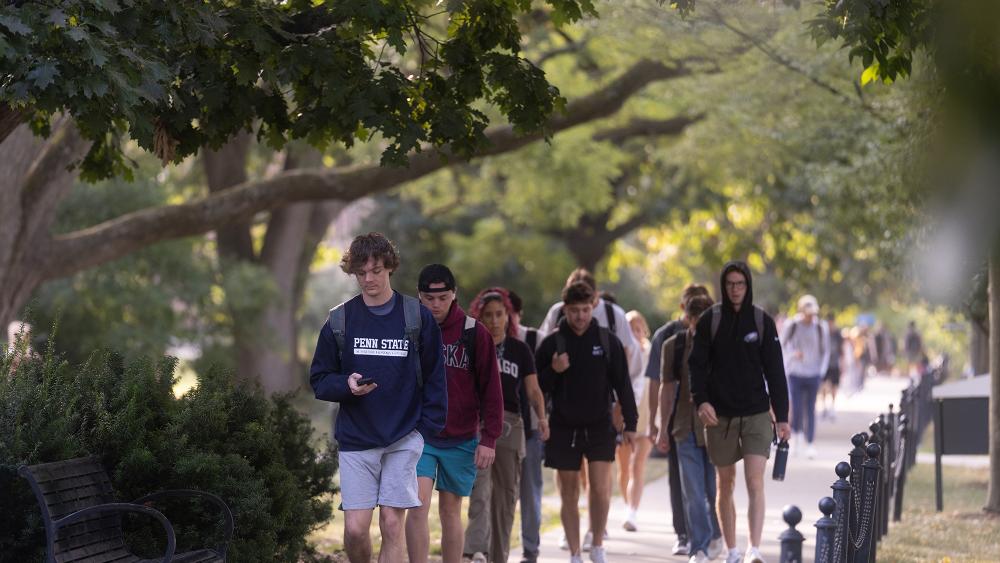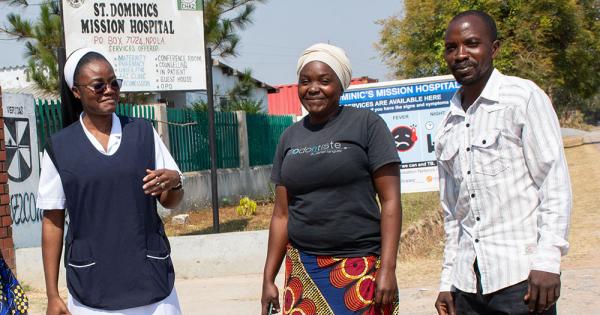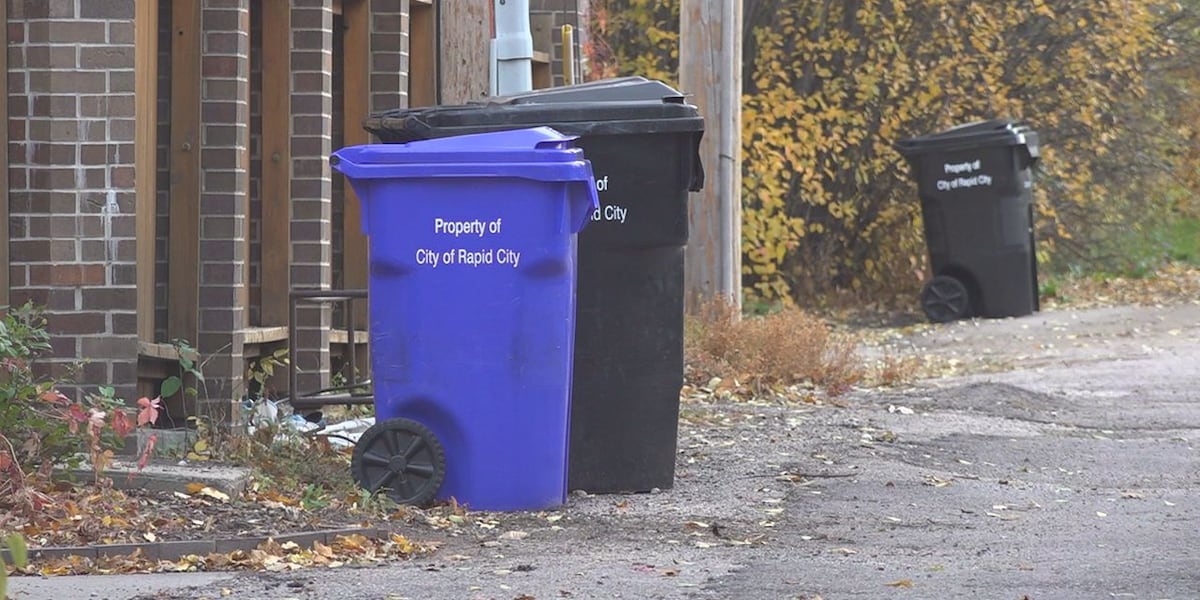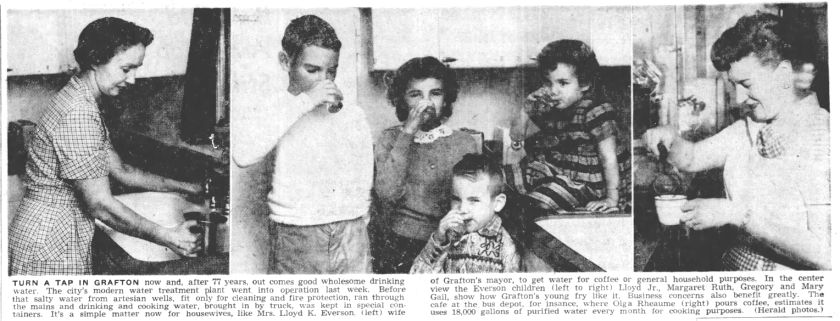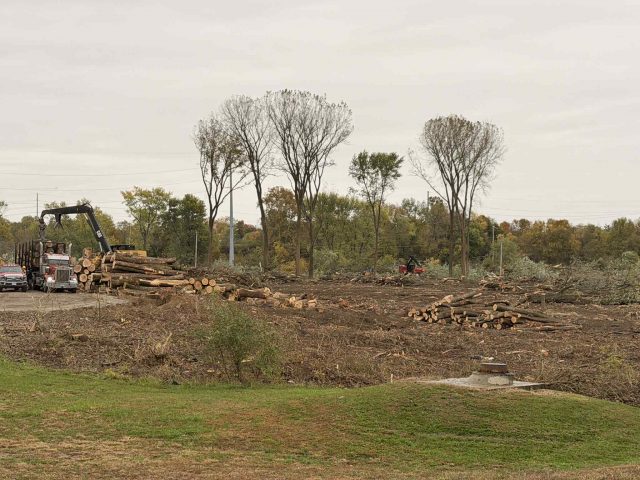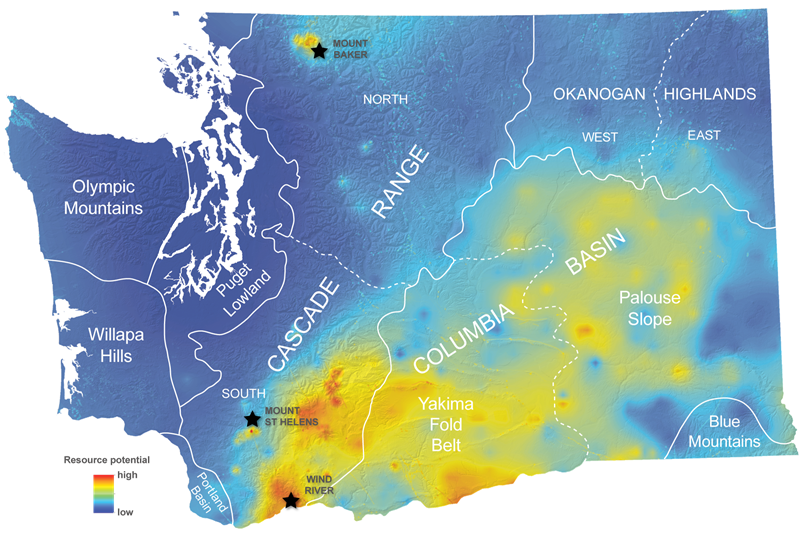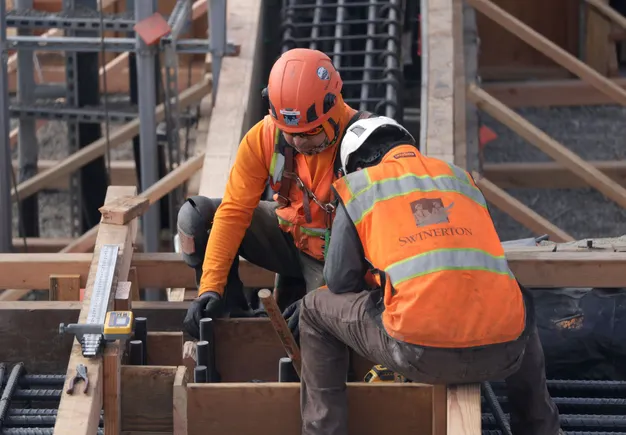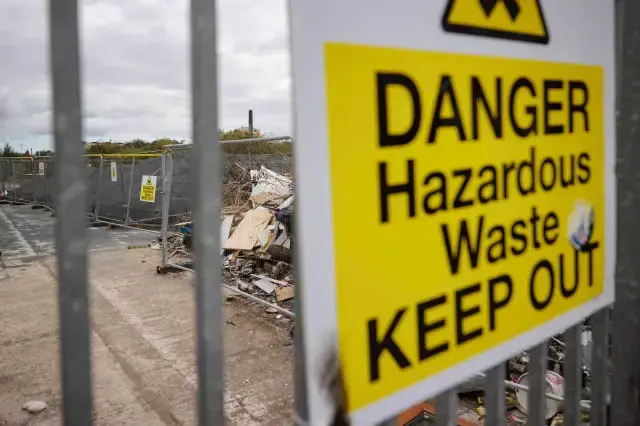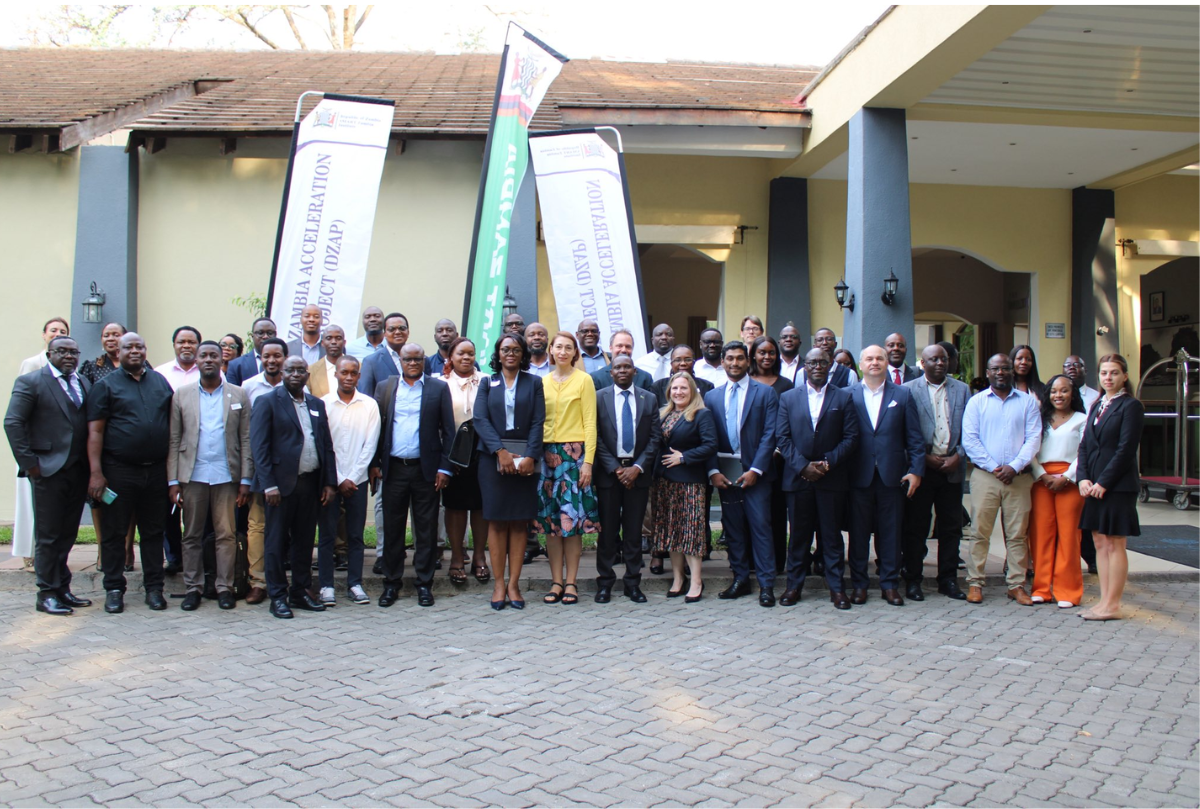Kalispell Hears from Community on New Land Use Plan – Flathead Beacon

Kalispell’s Strategic Urban Planning for Sustainable Development
Mandate and Alignment with Sustainable Development Goal 11
Officials in Kalispell, Montana, are undertaking a comprehensive review of the city’s growth policy to formulate a new 20-year land use plan. This initiative is mandated by the Montana Land Use Plan Act (MLUPA), enacted during the 2023 legislative session. The new plan places a significant emphasis on housing strategies, directly aligning with Sustainable Development Goal 11 (SDG 11): Sustainable Cities and Communities. PJ Sorensen, Assistant Director of Kalispell’s Development Services, noted that the MLUPA framework requires a 20-year population projection and a corresponding plan for service provision, underscoring a long-term commitment to sustainable urban management. A key requirement of this legislation is that the city must adopt a minimum of five out of fourteen specified regulatory reforms designed to meet future housing needs and foster sustainable urban growth.
Public Engagement and Inclusive Decision-Making (SDG 11.3 & SDG 16.7)
Methods of Community Consultation
In adherence to SDG 11.3 (enhance inclusive and sustainable urbanization) and SDG 16.7 (ensure responsive, inclusive, participatory and representative decision-making), the city has initiated a robust public engagement process. This multi-faceted approach aims to frontload public input into the strategic planning phase. Methods include:
- Drop-in community events held at various locations, including Depot Park and Bias Brewing.
- Approximately 40 targeted presentations for key stakeholder groups such as local businesses, the school district, the fire district, and the hospital.
- An online engagement portal, Engage Kalispell, allowing residents to comment on the draft plan and identify priority areas on an interactive map.
Melissa Ruth, a planner with the consulting firm Logan Simpson, highlighted the strong public turnout for this tailored project. The MLUPA framework also institutionalizes this participatory approach by requiring community check-ins every five years, creating a regular and sustained program for public engagement.
Proposed Land Use Reforms to Address Housing and Sustainability
Core Strategies for Sustainable Urban Growth (SDG 11.1)
To address SDG 11.1, which aims to ensure access for all to adequate, safe, and affordable housing, the city is evaluating fourteen potential reforms. The city must select at least five of these strategies to incorporate into its new land use plan.
- Reduce required off-street parking to no more than one space per home/unit.
- Reduce aesthetic and related design standards for apartment buildings.
- Reduce impact fees for additional residential units on a property by at least 25%.
- Increase maximum building heights by at least 25%.
- Reduce build setback requirements by at least 25%.
- Reduce minimum lot sizes by at least 25%.
- Allow a duplex wherever a single-family residence is allowed.
- Allow higher density housing near public transit, places of employment, or the Flathead Valley Community College.
- Allow a second home (Accessory Dwelling Unit – ADU) on any property where a single-family residence is allowed.
- Allow for 3- and 4-unit apartments wherever a single-family residence is allowed.
- Allow apartments as a permitted use in office and commercial zones.
- Specifically allow for tiny houses as defined in the building code.
- Allow for single-room occupancy (SRO) housing.
- Allow apartments with 5+ units anywhere that 3- or 4-unit apartments are a permitted use.
Analysis of Key Reforms and Community Feedback
Public and official feedback indicates a strategic path toward adopting several reforms that advance multiple SDGs.
- Sustainable Transportation (SDG 11.2): The proposal to reduce off-street parking requirements to one space per unit has received support, with one resident noting it “could encourage more alternatives for our car-driven society,” thereby promoting more sustainable transport systems.
- Affordable and Diverse Housing (SDG 10.2 & SDG 11.1): Reforms that are already partially implemented or have strong public support are likely candidates for adoption. These include reducing minimum lot sizes, permitting apartments in commercial zones, and allowing Single-Room Occupancy (SRO) units. The specific inclusion of tiny homes (under 400 sq. ft.) is also probable due to significant community support, diversifying housing stock to improve affordability and reduce inequality.
- Controversial and Complex Issues: The allowance of Accessory Dwelling Units (ADUs) on all single-family properties remains the most contentious issue, with public opinion sharply divided. Other complex reforms, such as reducing impact fees and permitting larger apartment buildings, present additional challenges that require careful consideration.
Path Forward and Long-Term Vision
Legislative and Procedural Considerations
While the city is likely to adopt six or seven reforms, exceeding the state mandate of five, a significant procedural change intended by MLUPA is currently under judicial review. The provision to eliminate public hearings for individual developments in favor of frontloaded public input during the planning phase has been challenged in the Montana Supreme Court for potentially violating public participation laws. This legal outcome will have implications for the implementation of SDG 16.7.
Finalizing a Plan for a Resilient and Inclusive Kalispell
Over the coming months, city officials will synthesize the extensive community feedback to refine the draft plan. This draft will be presented to the city council, followed by a final public hearing before a vote. The new land use policy, a critical tool for shaping a more sustainable, inclusive, and resilient urban future for Kalispell, must be officially adopted by May 2026.
1. Which SDGs are addressed or connected to the issues highlighted in the article?
SDG 11: Sustainable Cities and Communities
- The article is centered on the city of Kalispell developing a new land use plan to manage urban growth over the next 20 years. This directly aligns with the goal of making cities and human settlements inclusive, safe, resilient, and sustainable. The entire process described, from projecting population growth to adopting housing reforms and engaging the public, is a core component of sustainable urban planning as envisioned by SDG 11.
2. What specific targets under those SDGs can be identified based on the article’s content?
Target 11.1: By 2030, ensure access for all to adequate, safe and affordable housing and basic services and upgrade slums.
- The article explicitly states that the Montana Land Use Plan Act (MLUPA) “puts more emphasis on housing than before” and requires cities to adopt strategies “to meet future housing needs.” The 14 reform options listed are all designed to increase the housing supply and variety, which can improve adequacy and affordability. Options such as allowing duplexes, accessory dwelling units (ADUs), tiny homes, single-room occupancy, and higher-density apartments directly address the need for more diverse and potentially more affordable housing options to accommodate a growing population.
Target 11.3: By 2030, enhance inclusive and sustainable urbanization and capacity for participatory, integrated and sustainable human settlement planning and management in all countries.
- The article details a comprehensive public participation process. City officials are “gathering residents’ thoughts” through “drop-in community events,” “around 40 presentations for stakeholder groups,” and an online engagement platform (“Engage Kalispell”). This front-loading of public feedback into the planning process is a clear example of participatory human settlement planning. Furthermore, the MLUPA’s requirement for “public engagement every five years” institutionalizes this participatory management, directly supporting the aim of Target 11.3.
3. Are there any indicators mentioned or implied in the article that can be used to measure progress towards the identified targets?
Indicators for Target 11.1 (Adequate and Affordable Housing)
- Policy adoption for housing supply: The primary indicator is the number and type of reforms adopted by the city. The article states the city must adopt “at least five out of 14 regulated reforms.” The specific reforms, such as “Reduce minimum lot sizes by at least 25%,” “Allow a duplex wherever a single-family residence is allowed,” and “Allow for tiny houses,” serve as direct, measurable policy indicators aimed at increasing housing availability.
- Population projection and planning: The plan “drills down projecting population out for 20 years,” which is a key data indicator used to assess future housing needs and plan accordingly.
Indicators for Target 11.3 (Participatory and Sustainable Planning)
- Level of public and stakeholder engagement: The article provides quantifiable indicators of participation, including “around 40 presentations for stakeholder groups” and the implementation of multiple “drop-in community events.” The existence of the “Engage Kalispell” website is another indicator of the infrastructure for participation.
- Regularity of participatory processes: The mandate that “the city will be required to do some form of public engagement every five years” is a clear indicator of the institutionalization of participatory planning and management over the long term.
- Proportion of the city area subject to planning: The development of a comprehensive “land use plan that will determine how city land is developed over the next 20 years” is an indicator of integrated planning covering the entire jurisdiction.
4. Table of SDGs, Targets, and Indicators
| SDGs | Targets | Indicators |
|---|---|---|
| SDG 11: Sustainable Cities and Communities | 11.1: By 2030, ensure access for all to adequate, safe and affordable housing and basic services. |
|
| SDG 11: Sustainable Cities and Communities | 11.3: By 2030, enhance inclusive and sustainable urbanization and capacity for participatory, integrated and sustainable human settlement planning and management. |
|
Source: flatheadbeacon.com

What is Your Reaction?
 Like
0
Like
0
 Dislike
0
Dislike
0
 Love
0
Love
0
 Funny
0
Funny
0
 Angry
0
Angry
0
 Sad
0
Sad
0
 Wow
0
Wow
0



